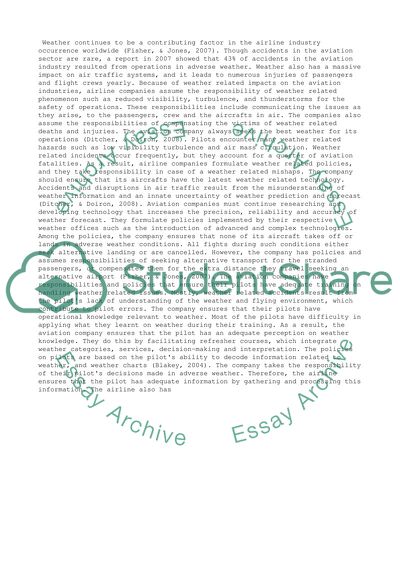Cite this document
(“Risk Management: Aviation Company's Responsibilities and Policies Essay”, n.d.)
Retrieved from https://studentshare.org/management/1453962-explain-aviation-companyyies-responsibilities-and
Retrieved from https://studentshare.org/management/1453962-explain-aviation-companyyies-responsibilities-and
(Risk Management: Aviation Company'S Responsibilities and Policies Essay)
https://studentshare.org/management/1453962-explain-aviation-companyyies-responsibilities-and.
https://studentshare.org/management/1453962-explain-aviation-companyyies-responsibilities-and.
“Risk Management: Aviation Company'S Responsibilities and Policies Essay”, n.d. https://studentshare.org/management/1453962-explain-aviation-companyyies-responsibilities-and.


